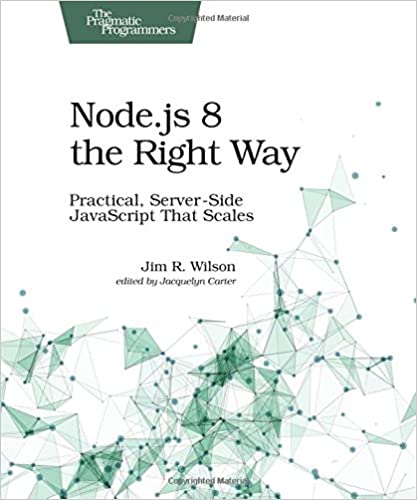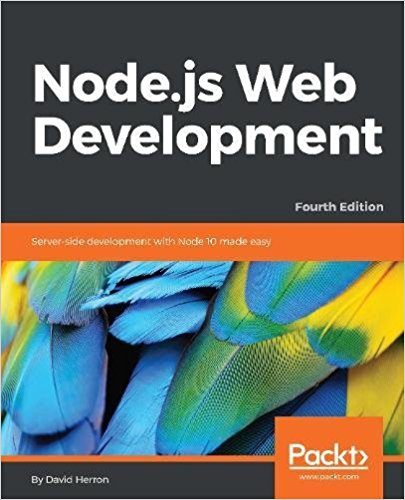Pages with tag Spring Boot
- A fix for "Persistent Object Exception - detached entity passed to persist" in Spring Boot
- A fix for org hibernate TransientPropertyValueException in Spring Boot
- Accessing the Spring H2 database console when X-Frame-Options says deny
- Create a Spring Boot REST API using Swagger, OpenAPI, to "Generate Swagger OpenAPI REST API documentation for Spring Boot application"
- Persisting complex Embeddable/Embedded objects in Spring/Hibernate
- Solving Http Message NotWritable Exception, Could not write JSON: Could not set field value in Spring Boot









